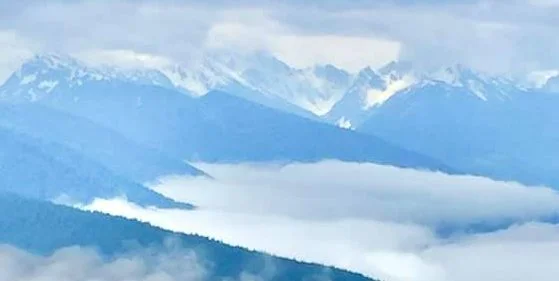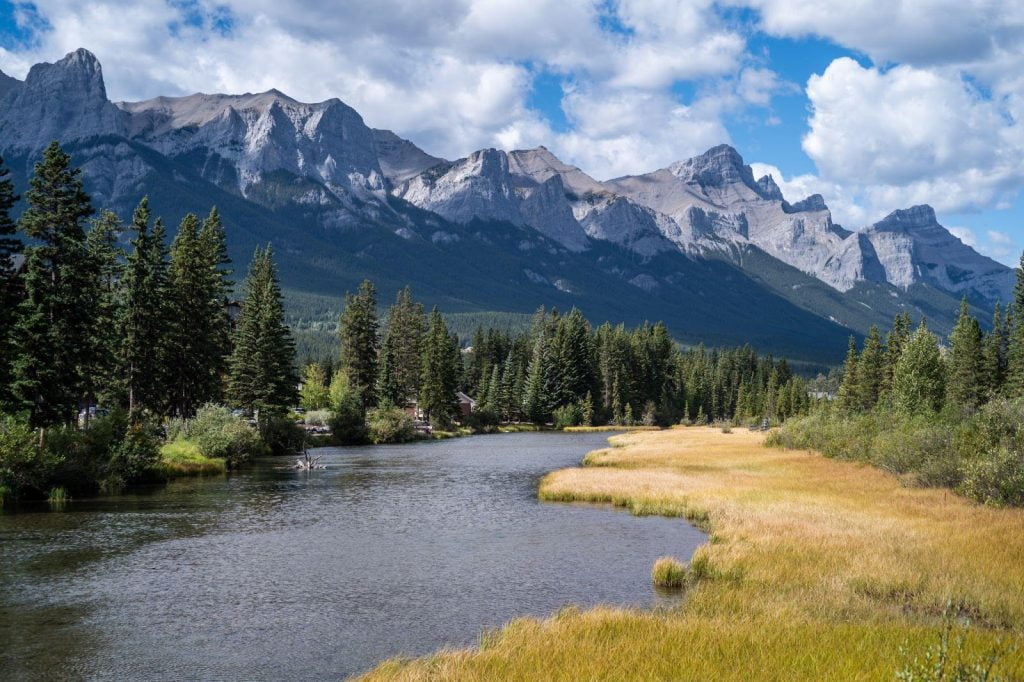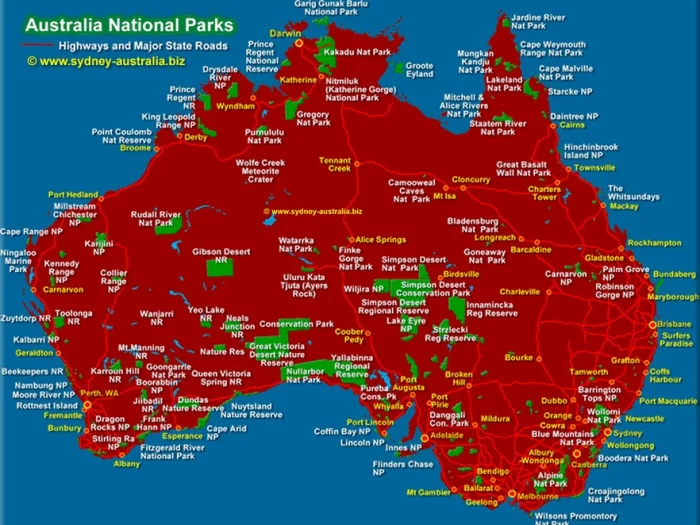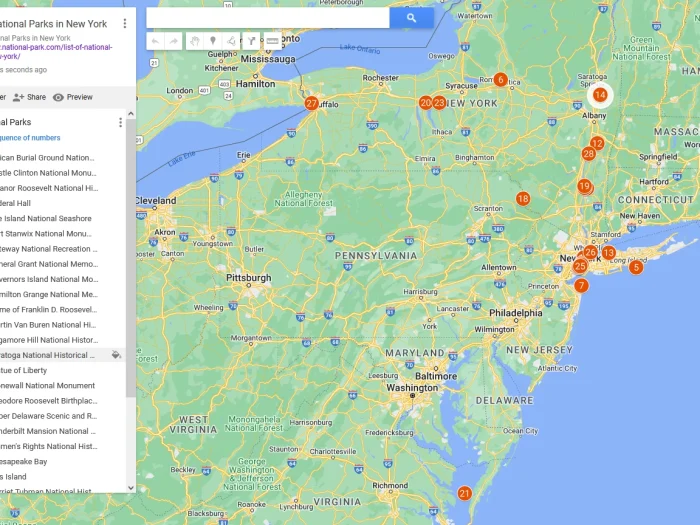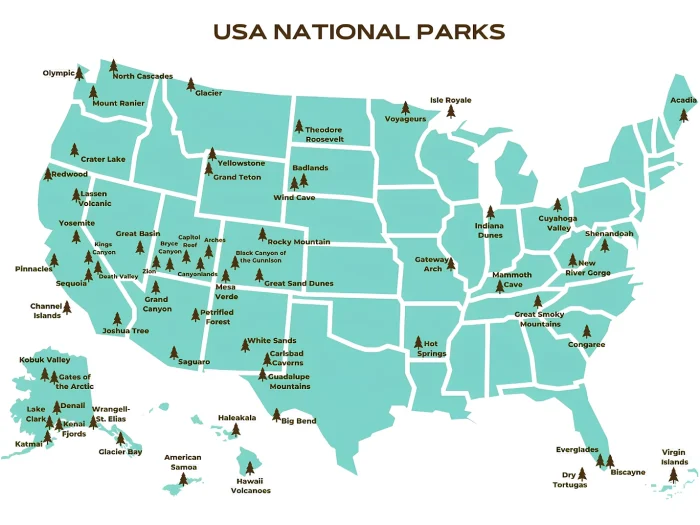Best Educational National-parks for College Students in the US
A great way for college students to get away from classroom halls and textbooks is to learn while exploring the great outdoors. Some of the most beautiful and diverse national parks in the world are in the United States. These parks offer unmatched chances to learn about geology, history, conservation, and many other topics. But which ones stand out as the best places for college students to learn? Let’s go on a trip through the best national parks that offer both beautiful nature and educational opportunities.
Enhancing Educational Experiences through Expert Guidance
When students delve into the intricacies of environmental science, the study of national parks becomes a focal point for both fascination and academic inquiry. The challenge, however, lies in encapsulating the vastness of these natural wonders into a coherent academic essay that does justice to their beauty, biodiversity, and conservation efforts. This is where the advantage of seeking online help becomes apparent. Engaging with a custom writer who specializes in academic essay writing can transform a daunting project into an insightful exploration of nature’s marvels. Through custom essay assistance, students are equipped to articulate the significance of national parks in promoting ecological awareness and preservation. This collaboration not only elevates the quality of their academic work but also enriches their appreciation for these protected areas, fostering a deeper connection to the natural world.
1. Yellowstone National Park: A Geological Wonderland
The Hotspot of Biodiversity and Geothermal Features
Yellowstone, sprawling across Wyoming, Montana, and Idaho, is not just the first national park in the U.S. but also a living laboratory. Why does it captivate the minds of geology and environmental science students? The park is situated atop a volcanic hotspot, showcasing unique geothermal features like geysers, hot springs, and mudpots. The iconic Old Faithful and the vibrant Grand Prismatic Spring offer insights into the Earth’s geothermal processes.
The Classroom Without Walls
Beyond geology, Yellowstone is a sanctuary for wildlife, making it a perfect study site for biology and conservation students. From observing the behaviors of the gray wolf packs to understanding the impact of reintroduction efforts, the park serves as a dynamic classroom without walls.
2. Grand Canyon National Park: A Deep Dive into Earth’s History
Unveiling the Layers of Time
The Grand Canyon, with its immense size and its intricate and colorful landscape, offers more than just breathtaking views. It’s a geological masterpiece that provides a visible timeline of Earth’s history. Geology students can literally walk through millions of years of history, observing the layers of rock that tell tales of ancient rivers, seas, and desert landscapes.
A Lesson in Environmental Science and Conservation
The park’s diverse ecosystems and efforts to preserve its natural beauty make it an ideal location for students interested in environmental science and conservation. The challenges of managing tourism and protecting natural resources offer real-world case studies for those looking to make a difference in the field of conservation.
3. Yosemite National Park: An Icon of Natural Beauty and Conservation
The Birthplace of Conservation
Yosemite’s stunning cliffs, waterfalls, and giant sequoias have not only inspired artists and adventurers but also conservationists like John Muir. This park is crucial for students studying environmental science, policy, and history, as it played a significant role in the development of the national park idea and conservation efforts in the U.S.
A Climber’s and Biologist’s Paradise
For those interested in physical education, geology, or biology, Yosemite offers an unparalleled outdoor classroom. Climbers can study the granite formations of El Capitan and Half Dome, while biology students can explore its rich biodiversity and unique ecosystems.
4. Acadia National Park: A Coastal Ecosystem Classroom
Exploring Marine Biology and Ecology
Located on the coast of Maine, Acadia National Park presents a unique blend of terrestrial and marine ecosystems. This makes it an excellent field site for students in marine biology, ecology, and environmental science. The park’s diverse habitats, from rocky shores to dense forests, offer lessons on ecological interdependence and conservation.
The Human and Natural History Intersection
Acadia also offers insights into the history of conservation and the role of philanthropy in the preservation of natural spaces. The park’s development, heavily influenced by donations from private individuals, provides a case study in the partnership between public interests and private philanthropy in conservation efforts.
5. Joshua Tree National Park: A Desert Ecosystem’s Secrets
The Mysteries of Desert Flora and Fauna
Joshua Tree National Park, located in southeastern California, is a fascinating study in the resilience of desert ecosystems. The park is named for its iconic Joshua Trees, part of the Agave family, and is home to a variety of plants and animals adapted to extreme conditions. Biology and environmental science students can delve into topics such as adaptation, survival strategies, and the impact of climate change on desert biomes.
A Cultural and Geological Tapestry
The park’s cultural past, which includes Native American and the work of miners and homesteaders, along with its beautiful geological features, make it a great place to learn about many subjects. Joshua Tree is a place where science and history meet. It has unique rock formations that are great for studying geology and old petroglyphs that tell the story of the first people who lived there.
In Conclusion
These national parks are more than just a break for college students from the typical classroom setting. They give them lessons and experiences that they can’t learn in a book. In the Grand Canyon, you can walk through a geological timeline. In Yellowstone, you can learn about the park’s wildlife, and in Yosemite, you can learn about the park’s protection efforts. So why not pack your things and go to school in nature? You will always remember the things you learned and the times you spent in these nature wonders.
